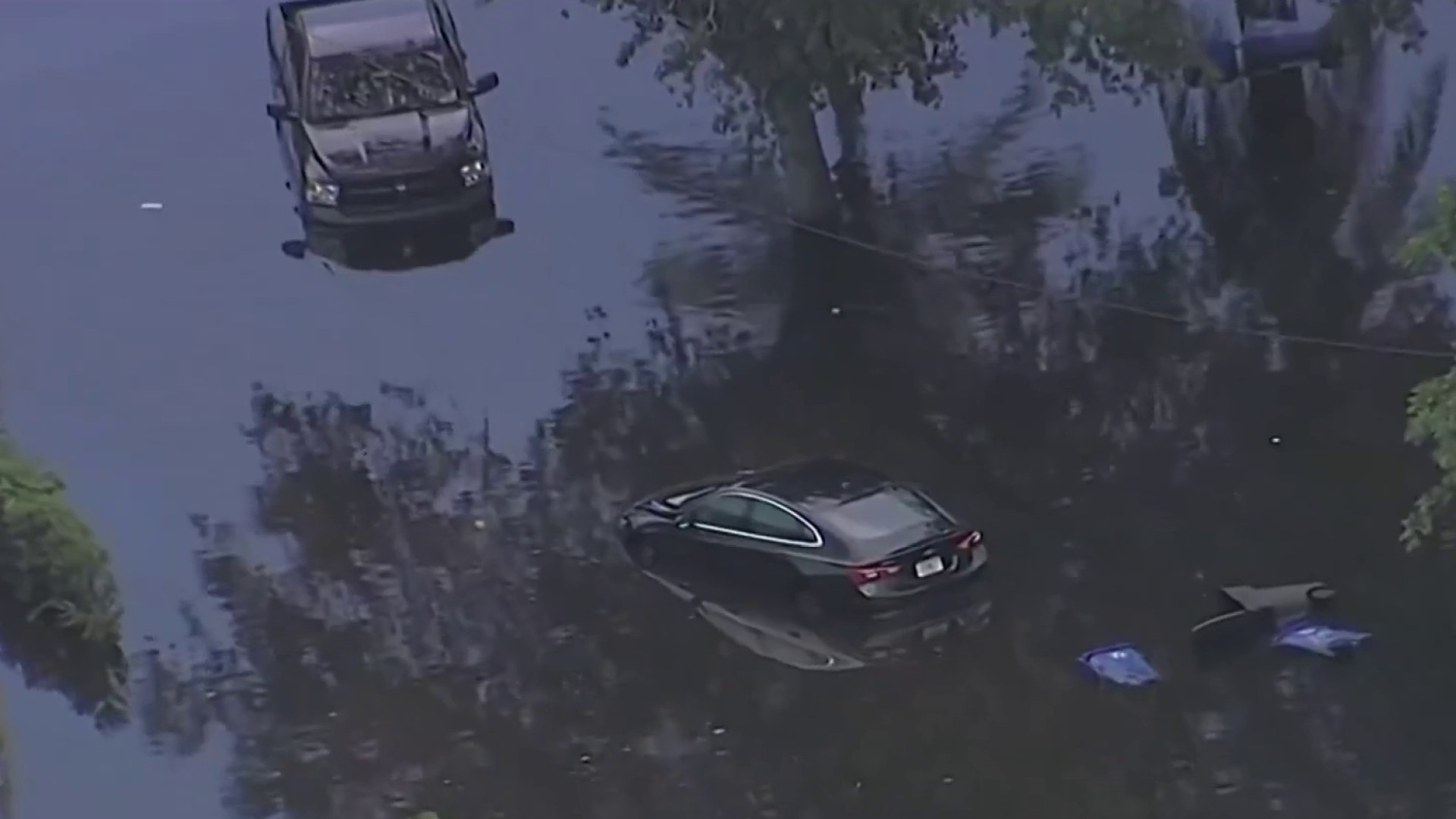The Supreme Court, in a 6-3 decision, ruled President Joe Biden’s loan forgiveness plan was an unlawful exercise of presidential power because it had not been explicitly approved by Congress.
The decision is a significant setback for many burdened with federal student loan debt, including Dorien Rogers.
"It has a very strong impact on not only your physical but your mental well-being," said Rogers, who owes over $50,000 in student loans. "So, working two jobs between being a teacher and DoorDashing and being involved in my community to promote civic empowerment, you know, that could be very straining, especially when you're trying to handle your financial business with student debt."
The Biden program promised to erase $10,000 of federal student debt for most borrowers and $20,000 for those with Pell Grants. The White House stated approximately 43 million Americans could have received the benefits of the program, including over a million Floridians who were fully approved.
Get South Florida local news, weather forecasts and entertainment stories to your inbox. Sign up for NBC South Florida newsletters.
Following the decision, Biden vowed to continue fighting for student loan debt relief.
"Republicans in Congress, it's not about reducing the deficit, it's not about fairness in loans, it's only about forgiving loans that they have to pay. Today, the Supreme Court sided with them. I believe the Court's decision to strike down my student debt relief program was a mistake, it was wrong,” Biden said.
This ruling comes as student loan repayments are set to start in the fall.
Responds
Responding to every consumer complaint
"Congress recently passed a law preventing further extensions of the payment pause," the U.S. Department of Education said. "Student loan interest will resume starting on Sept. 1st and payments will be due starting in October.”
The Consumer Financial Protection Bureau issued a warning that approximately one in five student loan borrowers may find it challenging to meet their obligations once payments resume in the fall.
Rachel Rotunda, the Director of Government Relations at the National Association of Student Financial Aid Administrators (NASFAA), expressed concern for those who graduated during the pandemic.
"So these borrowers aren't as familiar with the repayment system. Again, they've never had to make a payment. They maybe don't know who their student loan servicer is. So that's a group that we're thinking about quite a bit,” Rotunda said.
For Rogers, the ruling means it will be harder to plan for the future.
"To be able to start a family. In my young life, you know, I feel like I can't even give that a conscious thought without the lingering effects and mindset of, hey, you're still in debt," Rogers said.
As student loan repayments are set to resume soon, it's essential to start preparing.
- Identify the company handling your loan.
- Understand how much your monthly payments will be.
- If you're worried about making these payments, the Department of Education suggests considering an income-driven repayment plan, which could potentially make payments more manageable, depending on your income and family size.
In light of the ruling, the Department of Education has announced some steps that could help ease the burden for student loan borrowers.
In their announcement, the department said, "Today the Department finalized our new income-driven repayment plan, Saving on A Valuable Education (SAVE), which will be the most affordable repayment plan in history. It will cut monthly payments to zero dollars for millions of low-income borrowers, save all other borrowers at least $1,000 per year, and stop runaway interest that leaves borrowers owing more than their initial loan."
The department is also implementing a 12-month transition period to aid borrowers in returning to their repayment plans.
"Borrowers who can make payments should do so as payments will resume and interest will accrue, but the on-ramp to repayment will help borrowers avoid the harshest consequences of missed, partial, or late payments like negative credit reports and having loans referred to collection agencies."



